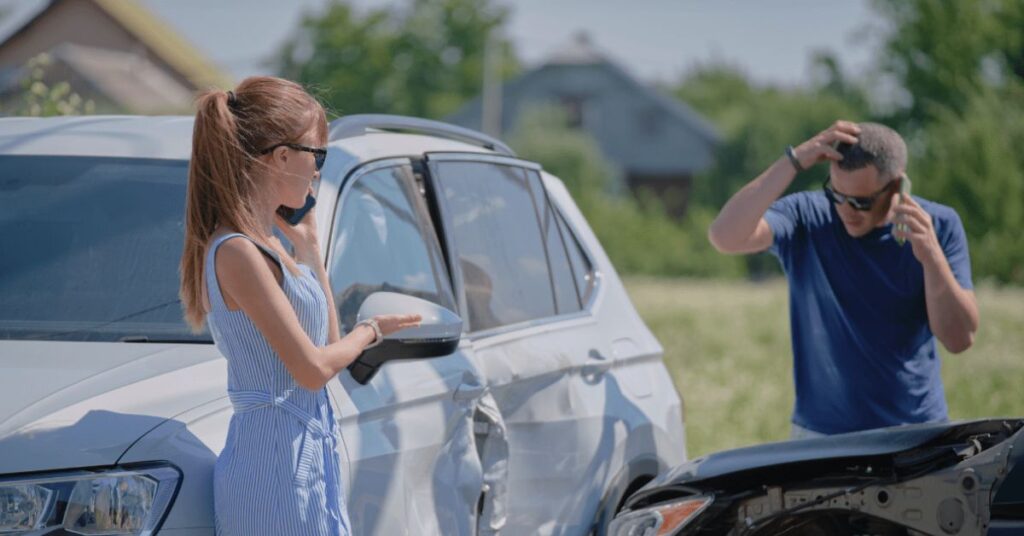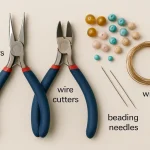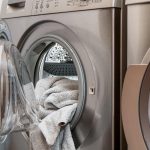Car accidents are stressful enough without having to worry about who’s paying the bills. Florida’s unique “no-fault” insurance system was designed to simplify this issue—but it often raises just as many questions as it answers. One of the most common concerns after a crash is figuring out who pays for your car repair after an accident, especially if you weren’t the one at fault. While Florida law provides a general structure, the answer depends on the type of damage, the policies in place, and who’s to blame.
In this article, we’ll explain how Florida’s no-fault system works, what it covers (and what it doesn’t), and how car repairs are handled when you’re not responsible for the accident.
What Is Florida’s No-Fault Insurance System?
Florida is one of a handful of states that uses a no-fault auto insurance model. Under this system, each driver’s own insurance covers certain expenses after a crash—regardless of who caused the accident.
Every vehicle owner in Florida is required to carry a minimum of:
- $10,000 in Personal Injury Protection (PIP)
- $10,000 in Property Damage Liability (PDL)
Personal Injury Protection (PIP)
PIP is what makes Florida a “no-fault” state. It pays for your medical expenses and lost wages after an accident, up to the $10,000 limit, no matter who was at fault.
However, PIP does not cover vehicle repairs or property damage. That’s where things start to get a bit more complicated.
So, Who Pays for Car Repairs?
Here’s the breakdown based on the type of damage and who is at fault:
🚗 If the Accident Was Your Fault
If you caused the accident:
- Your Property Damage Liability (PDL) insurance pays for the other driver’s vehicle repairs.
- Your own vehicle repairs are not covered unless you have collision coverage on your policy.
🚗 If the Other Driver Was at Fault
If the accident wasn’t your fault:
- The at-fault driver’s PDL insurance should cover your car repair costs.
- However, you may need to file a third-party claim against their insurer to recover the costs.
- If you have collision coverage, your own insurance can pay for the repairs faster, and they may seek reimbursement from the at-fault party’s insurer through a process called subrogation.
🚗 If Fault Is Shared or Unclear
In some accidents, both drivers may share partial blame. In Florida, this falls under the comparative negligence rule, where your compensation is reduced by your percentage of fault.
Example: If you’re found 20% at fault and your repair bill is $2,000, you may only be eligible to receive $1,600 from the other driver’s insurer.
What If the At-Fault Driver Doesn’t Have Insurance?
Florida has a relatively high number of uninsured drivers. If you’re hit by someone who has no insurance or inadequate coverage, you have a few options:
- Use your collision coverage (if you have it) to pay for your own repairs.
- Use uninsured motorist property damage (UMPD) coverage—if it’s included in your policy.
- Pursue a lawsuit against the at-fault driver, although collecting payment can be difficult if they lack assets.
What Is Collision Coverage?
Collision coverage is optional insurance that covers your own vehicle repairs, regardless of who caused the accident. It can be especially helpful if:
- You don’t want to wait for the at-fault party’s insurer to accept liability.
- The at-fault driver is uninsured.
- The accident was your fault.
Keep in mind that using your collision coverage usually involves paying a deductible—which may later be reimbursed if your insurer recovers the costs from the other driver’s insurer.
What Is Comprehensive Coverage?
While not directly tied to accident repairs, comprehensive coverage is another optional policy that covers vehicle damage from non-collision events like:
- Theft
- Vandalism
- Natural disasters (floods, hurricanes)
- Hitting an animal
Comprehensive and collision are often bundled together and are required by most lenders if you’re financing or leasing a vehicle.
How to File a Claim for Car Repairs in Florida
Here’s what to do after an accident if your car is damaged:
- Report the accident to the police and your insurance company immediately.
- Document everything—photos of the scene, vehicle damage, and contact info of the other driver and witnesses.
- Request a copy of the police report, which can help determine fault.
- Get an estimate for your vehicle repairs from a licensed auto body shop.
- File a claim:
- With the other driver’s insurance if they’re at fault and you’re not using your own coverage.
- With your own insurer if you have collision coverage or prefer faster processing.
- With the other driver’s insurance if they’re at fault and you’re not using your own coverage.
- Follow up and be prepared to negotiate if the insurance offer is lower than your repair costs.
Should You Get Legal Help?
Even though Florida is a no-fault state for injuries, car repair claims are fault-based, and dealing with insurers can be time-consuming and frustrating. If the other driver disputes liability or the insurer delays payment, speaking with a personal injury or accident attorney can help.
A lawyer can:
- Prove the other driver’s liability
- Handle communication with insurers
- Maximize your compensation
- Represent you in court if necessary
They may also help you recover loss of use, diminished value, or rental car expenses, depending on the case.
Final Thoughts
Florida’s no-fault insurance system simplifies how medical bills are handled after a crash—but when it comes to property damage, fault still matters. If you’re wondering who pays for your car repair after an accident, the answer depends on fault, the types of coverage involved, and whether the at-fault driver is insured.
To avoid surprises, make sure your policy includes collision and comprehensive coverage, and always document every detail after a crash. When in doubt, don’t hesitate to reach out to a qualified attorney to ensure your rights and property are protected.







